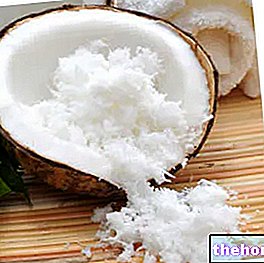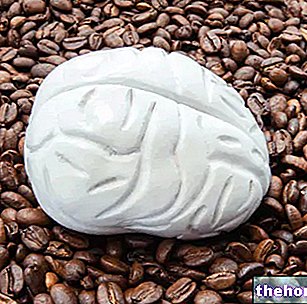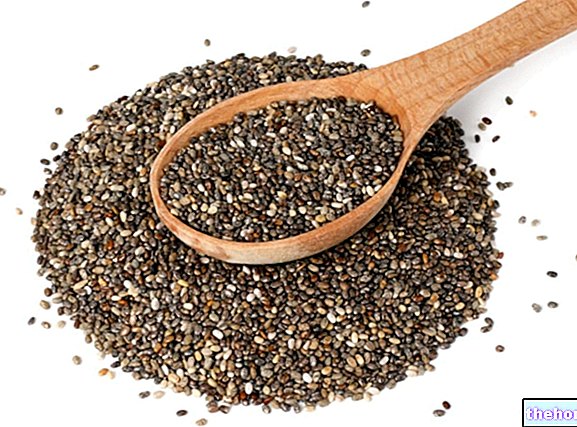What are
Under the term starchy it is customary to group seeds, fruits and tubers rich in starch, from which - following milling or other production processes - a dry flour is obtained.
More generally, the term is extended to all foods and food products rich in starch, including foods such as bread, pasta, baked goods (biscuits, cakes), polenta and so on.
Nutritional Aspects
Globally, starch products have been the staple food of the human species for millennia. Obviously, environmental conditions and popular traditions influence the choice of starch products consumed; so, for example, wheat is typical of Mediterranean populations, oats from Northern European countries, cassava from arid developing countries and so on.

There are also significant nutritional differences within the cereal family; for example, oats have a lower glycemic index than rice and wheat. It must be said, however, that in everyday language the Italians use the term farinacei referring above all to cereals and their derivatives. Not surprisingly, we often discuss the usefulness of moderating starchy foods and increasing the consumption of legumes, in fact a contradiction if we consider the starch richness of starchy products such as beans, broad beans and lentils, from which high-content flours can be obtained. protein and low glycemic index.
Diabetes and Overweight
The recommendation to reduce, or at least moderate, the consumption of starchy foods is usually addressed to people with diabetes or overweight.
If the goal is to lose weight, particular attention must be paid not to consume starchy foods in a meal very rich in lipids. In fact, in such circumstances the high carbohydrate intake of starchy foods stimulates the secretion of insulin, which in turn promotes storage of lipids in adipose tissue.
If the goal is to keep blood sugar under control, it is generally recommended to consume wholemeal starch foods. Alternatively, or in addition, these should be combined with foods rich in soluble fiber, such as legumes, apple and its peel or oranges with albedo (white skin), in order to reduce the post-prandial glycemic peak.
Fibers and Glycemic Load
The thrift in the consumption of starch products should be all the more rigorous the higher their degree of refining and cooking; overcooked white (polished) rice, for example, increases blood sugar to a much greater extent than a "similar amount of brown rice al dente. The amount of carbohydrates, or more generally of starchy foods taken - translated into the concept of glycemic load - is a very important factor when it comes to diet and diabetes; in fact, just to cite an example, 30 grams of pasta cause a higher glycemic peak than 10 grams of glucose, despite the fact that the glycemic index of pasta is significantly lower (60 against 100 of glucose).




























